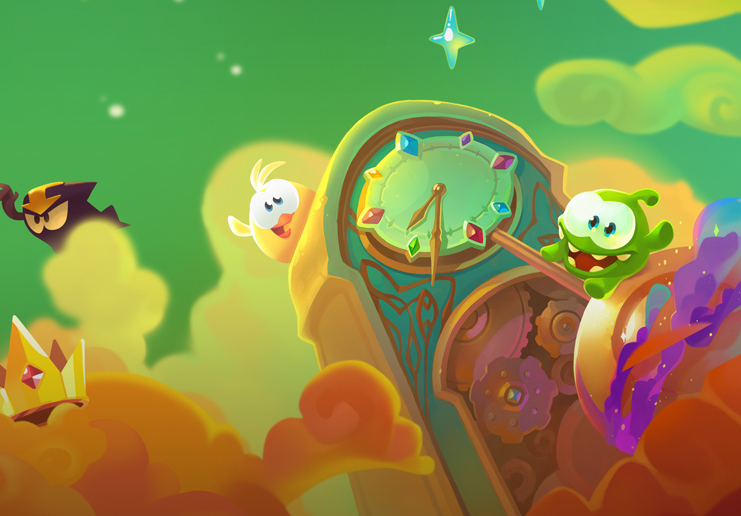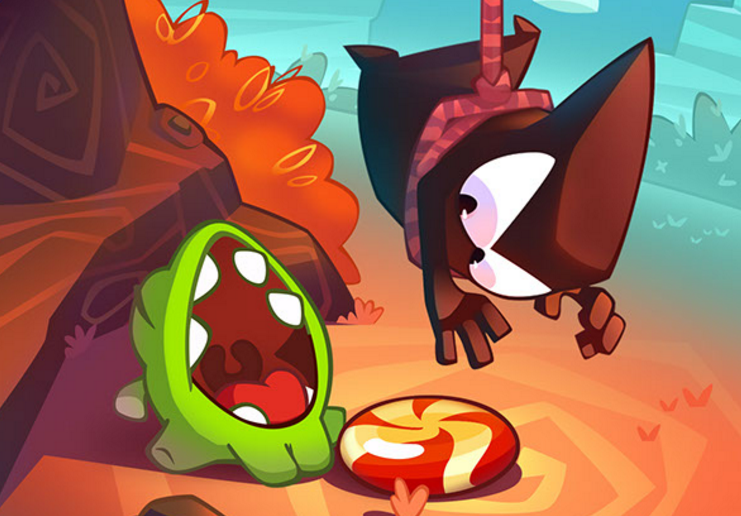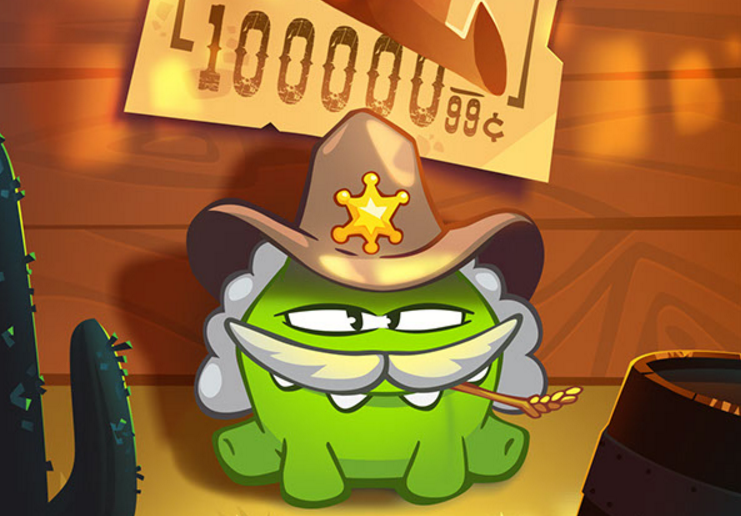The authors of Cut the Rope have officially launched a publishing direction. As part of the initiative, the Russian company also opened a website for applications from third-party teams. We talked with Mikhail Sviblov, the head of the publishing direction of the company, about which projects ZeptoLab is going to take.
Alexander Semenov, Senior Editor App2Top.ru : For the first time, ZeptoLab announced its publishing ambitions at the very beginning of 2015, when King of Thieves was just released. After that, the company has repeatedly stated that it is ready to publish third-party games. Two years have passed, but we have not waited for third-party releases from the company. Why?

Mikhail SviblovMikhail Sviblov, head of the publishing direction at ZeptoLab: Indeed, ZeptoLab has been eyeing the publishing direction for quite a long time.
The fact that we have not yet launched projects into a global release is due, firstly, to the high requirements that we place on potential products, and, secondly, to the algorithm of work itself – before releasing a project globally, we want to be sure that the metrics of the game meet our expectations. This usually requires at least a few months in the softlonch, during which our producer, analysts, marketers and other specialists help developers to make the project better and increase metrics.
What common problems would you highlight among the projects that are submitting applications today? Are there any things that are very annoying and common?
Each publisher has its own approach and its own requirements, therefore, the things that “annoy” have their own. We consider only projects that have not yet been released to global, we do not deal with clones and are very demanding of the visual component of the game, as well as to ensure that the mechanics bring something new and interesting. Therefore, when they send us another clone of Flappy Bird assembled on the knee, we, of course, refuse him. But usually we try to study each game carefully and try to find potential for possible cooperation in it.
 We know that the company has not only not taken anyone to the publication yet, but has also closed four games that were in the softlonch over the past six months. It turns out that you are no less strict with your projects than with external ones. What threshold metrics do you expect from projects that are ready to publish?
We know that the company has not only not taken anyone to the publication yet, but has also closed four games that were in the softlonch over the past six months. It turns out that you are no less strict with your projects than with external ones. What threshold metrics do you expect from projects that are ready to publish?
Not quite so, we are even more strict with our products than with publishing ones. All the games that came out from under the Zeptolab brand became hits, and we want to continue this tradition. Sometimes it requires sacrifices, but you have to have the courage to close the project if you can’t achieve the right metrics and make it what it is intended to be. It is difficult to talk about specific figures, as they differ depending on the genre. But I will not open America by saying that first of all we look at the retention indicators and expect them to be higher than the market average. Another important indicator for us is the scalability of the project in terms of attracting users.
Before coming to metrics, what does the game have to have in order to get a closer look at it? What are you looking at? Are you ready to give an example of what you would be ready to take under your wing from what has been published, but not published by you? Can you explain your choice?
We strive to offer the best conditions for developers, so, in my memory, there was only one game to which we offered a joint publishing house, but they went with another publisher. However, most of the negotiations are conducted under the NDA, so I can’t name any specific titles yet. As an example of what we would like to find, we can cite our King of Thieves. It has everything we like about games: unusual gameplay, high-quality art, a long life cycle of the player and the depth of monetization.
 When advertising your services, you emphasize that the rights to the game remain with the developer until release. What does it mean? What happens to the rights to the game after you publish the project?
When advertising your services, you emphasize that the rights to the game remain with the developer until release. What does it mean? What happens to the rights to the game after you publish the project?
Indeed, the item requires decryption. We are talking about our soft launch procedure. As I said before, when starting work on an interesting project, we immediately connect a team of specialists — analysts, game designers and product managers — in order to make the game better. Then we buy traffic, evaluate conversion at the store level, retention and monetization. All this time, the game is under the developer’s account, and if at some point we stop cooperating, the developer can go to another publisher or release the game on his own. The global release, accordingly, takes place already under our account, where the game is located until the end of the publishing contract.
The main reason why many, I’m sure, would like to be published with ZeptoLab is access to the billion-dollar database of the company’s game installations. How many downloads can the game that you will take to yourself count on?
The cumulative number of installations of the Cut the Rope franchise recently exceeded a billion, it’s true. More than 50 million people log into our games every month. But it is impossible to talk about specific figures without knowing the project. For different genres, the conversion from our games will be somewhere better, somewhere worse. Speaking about traffic sources, we estimate cross-promo as one of the possible, but far from the only channel to attract users. While working on King of Thieves, we have assembled an excellent UA team ready to work with external projects as well. We have studied the preferences of the stores and know quite well how to make a game in order to get a good feature from Apple and Google Play. We have learned how to build a community and support in such a way that even offended users are satisfied and recommend our games to friends. Therefore, even if the publishing house project does not meet the target audience of the Cut The Rope line, we will still be able to work effectively with it.
Thanks for the interview.

